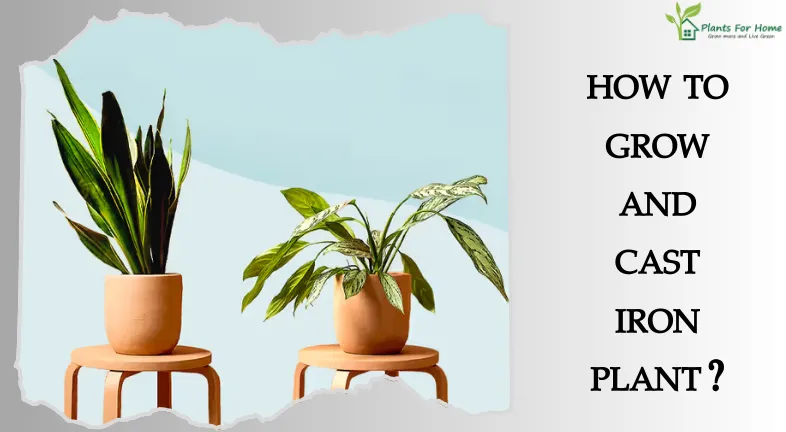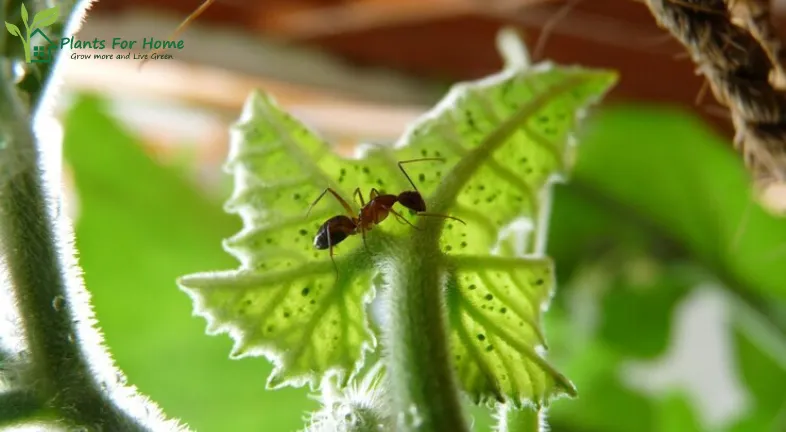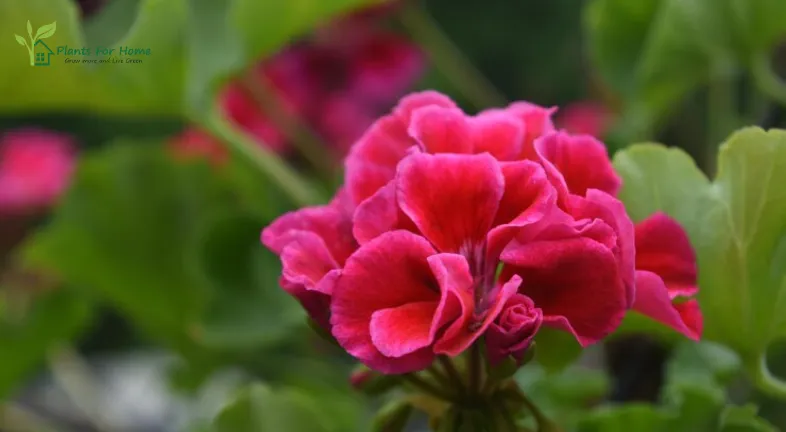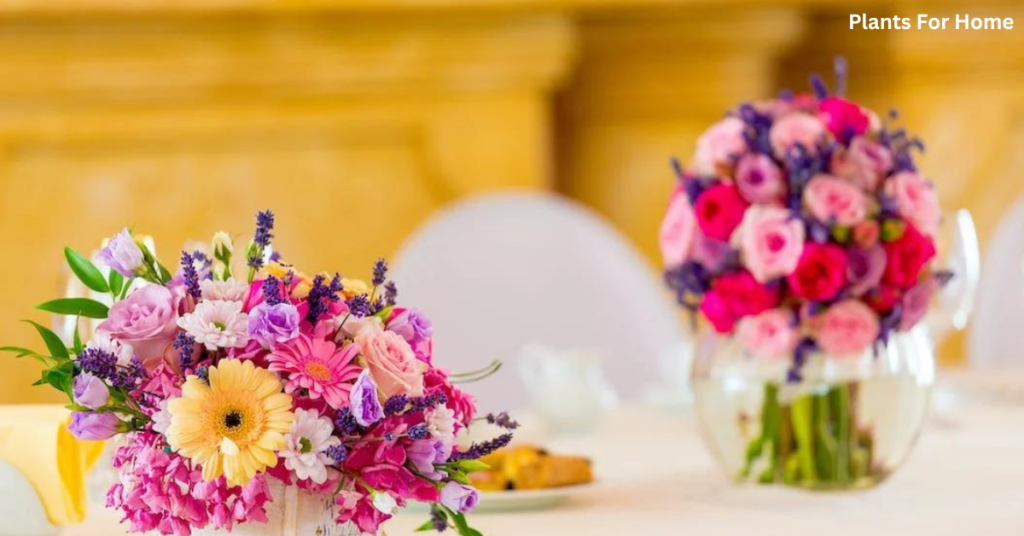
The Bright Bouquet, Plumeria pudica ‘Bridal Bouquet’ Frangipani, is a very fast growing tree, as the name suggest, the canopy of the plant is constantly flowering white flowers all year round, with the exception of winter months, it can reach 8-10 feet high, place it in full sun to partial shade and water regularly. Plumeria pudica (Bridal Bouquet) is a fast-growing evergreen shrub with usually one or two slender trunks that branch close to the ground Unlike plants, freshly cut flowers don’t need sunlight! So make sure to keep your floral arrangement away from any windows as the sun and heat will make the flowers “mature” faster.
We also recommend keeping them away from any drafts, cooling vents and other sources of heating too, as these will dry out your flowers.
Fresh flower bouquets should be made within 24 hours of the wedding in order to keep everything perky and beautiful. However, some blooms can last 48 hours after being cut. So if timing is a priority, make sure to research the shelf life of each type of flower you plan to include in the bouquet ahead of time.
ASSISTANT & PLANTING-
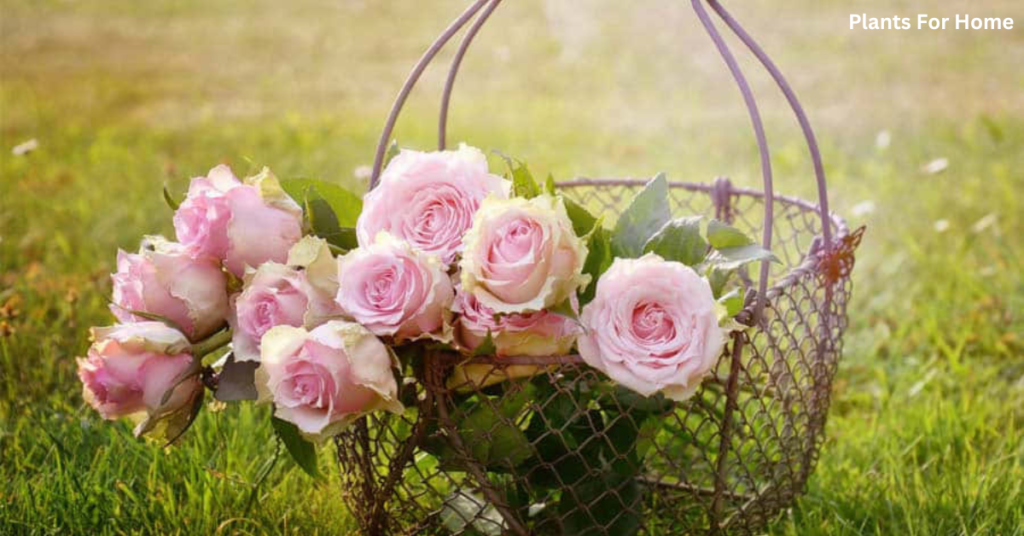
- Fertilizing and repotting Prior to repotting, give the plant four weeks to settle in and become acclimated to its new surroundings. Plants sent by mail travel in total darkness for several days, which can be an arduous experience. When it’s time to transplant again, use potting mix that drains properly and a container that is two to three inches wider than the existing one. According to the directions on the label, fertilize from spring through fall with a slow-release fertilizer.
- If you’re planting in the ground, make sure the hole is twice as big as the pot you bought. Take the tree out of the grower pot; if necessary, snip off the plastic pot.
Lower the plant to the ground. As you backfill dirt to eliminate air pockets, water the tree. To keep weeds out and preserve moisture, mulch the newly created soil.
- Lighting: Bright Light and Full Sun
- Watering: Let the top inch of soil dry out; this could take three to four days. Water gradually so that the soil gets moistened uniformly.
- Humidity: Most tropical plants benefit from consistent moisture, so misting or using a humidifier on a regular basis is advised.
PINK ROSE PLANT
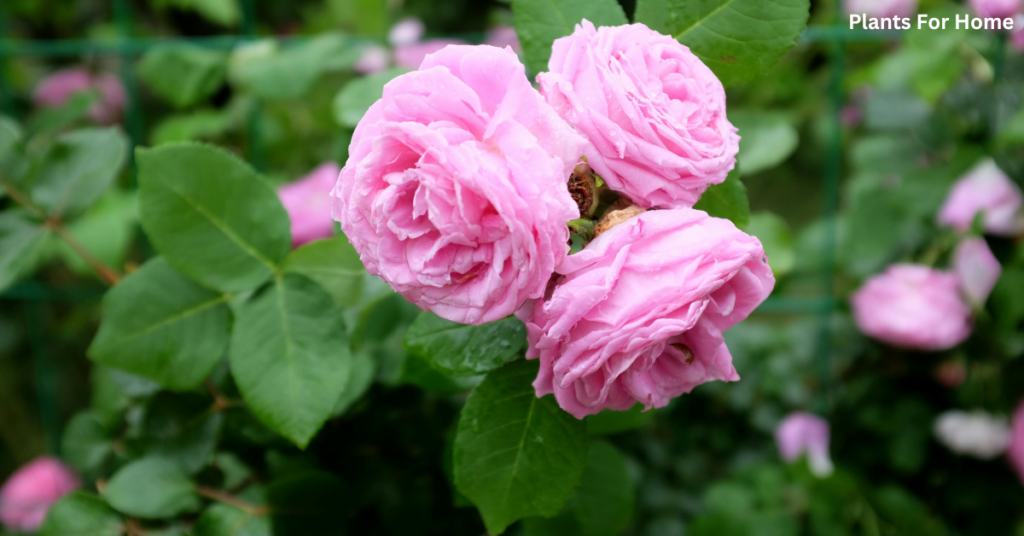
Their glossy, green leaves have toothed edges, and their stems are typically thorny. The size and form of rose blossoms varies. Their colors exploded, from vivid yellow, orange, and red to soft pink, peach, and cream. Many roses have fragrant blooms, and others bear fruits called hips that resemble berries.
Among the oldest flowers are roses.
The oldest plant species to be produced for ornamentation is the rose, according to the Guinness Book of World Records. The earliest species of plant that has been domesticated and utilized for decoration is the rose (genus Rosa, family Rosaceae).
Pink roses stand for appreciation, happiness, and thankfulness.
Even though pink roses exist in a multitude of exquisite colors, they are all commonly thought to convey sentiments of appreciation, happiness, and gratitude to the flower recipient.
Caninae: species with pink and white flowers that are native to North Africa, Europe, and Asia. Carolinae: North American species with vivid pink, pink, and white flowers. Chinensis: Chinese and Burmese roses in white, pink, yellow, red, and mixed colors.
Zones 5 through 10 of the USDA are suitable for producing these vibrant pink rose bushes. For three seasons, the Pink Double Knock Out Rose produces gorgeous hot pink blooms! The Coral Knock Out Rose is an excellent option for a lovely landscape shrub that will have a long season of vivid coral blooms.
LOTUS PLANT
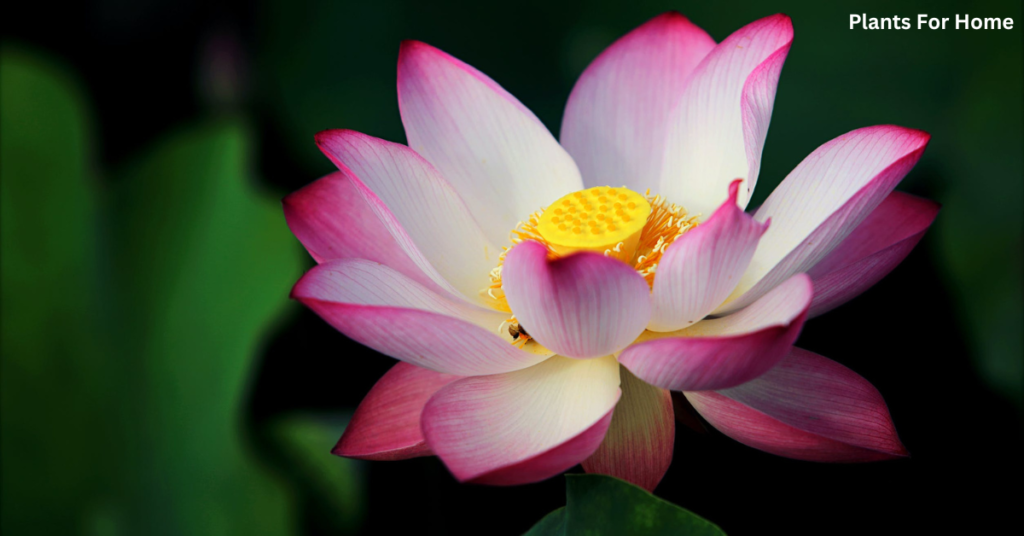
The lotus blossom is a perennial water plant. The lotus has a distinctly different structure from the water lily, which is sometimes confused for it. Additionally, it is limited to pink shades or white, while lilies are available in a wide range of colors. The leaves float on the surface of a river or pond where the roots are anchored in the earth. According to certain studies, the lotus has the same capacity for temperature regulation as people and other creatures.
In ancient Egyptian religion, the lotus flower held great significance. It was a symbol of the sun, signifying creation and rebirth, since it shuts at dusk and descends beneath the sea, only to rise above it at morning and reopen. It would emerge as pure white from the bottom of the murky swamp and grow above the water, making it the only plant to flower and fruit at the same time. One lotus-related story holds that the sun rose from a massive lotus flower that sprouted out of a pond during the time of creation. In addition, the lotus has appeared in numerous artworks from ancient Egypt.
Tattoos of lotuses are fairly common. In Buddhism and Hinduism, it represents the realization of life’s spiritual nature. Religions differ slightly in their interpretations, but both faiths value it highly.
They are particularly well-liked by those who are ultimately emerging from difficult periods in their lives.
It may be carried in the hands of a god or a person, or it could serve as a border to demarcate a certain area of art. Their math also made use of the lotus, which aided in counting to lofty levels. A single lotus would represent 1,000, two lotuses, 2,000, and so forth.
- possesses antioxidant qualities. Numerous flavonoid and alkaloid chemicals found in lotus plants have the potential to function as antioxidants.
- might reduce inflammation.
- serves as a germicidal agent.
- might reduce blood sugar.
- has several applications in food


